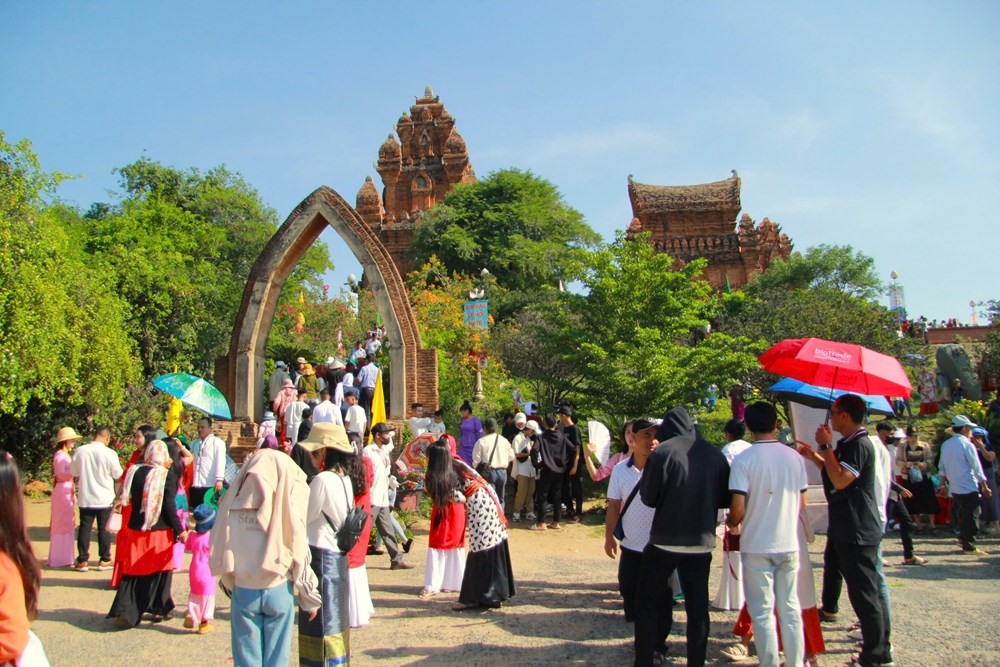
The merger is not simply an expansion of administrative boundaries, but also a spectacular “marriage” between two “giant” cultural resources. On one side is the unique island cultural identity of Khanh Hoa , on the other side is the rich and unique Cham cultural heritage of the new land.
Cham cultural heritage from ancient towers to craft villages
Mr. Tran Duc Ha, Director of Khanh Hoa Province Cultural Heritage Conservation Center said: “After the merger, Khanh Hoa province owns a priceless cultural treasure with more than 257 ranked products, especially the heritage of the Cham and Raglai people. The most prominent is the ancient Cham tower system, bearing the unique and mysterious architectural mark.
If in the past, tourists only knew about the majestic Po Nagar Tower in Nha Trang, now the journey of discovery can be extended to other special national monuments such as Po Klong Garai Tower, Hoa Lai Tower or Po Rome Tower. Each tower is a historical story, a symbol of the brilliant Champa civilization, attracting not only tourists but also historical and cultural researchers.
Besides architecture, Cham culture is also vividly present in the daily life of the people. That is the traditional art of Bau Truc pottery, a craft that has been listed by UNESCO as an Intangible Cultural Heritage in Need of Urgent Protection. Here, visitors can directly admire artisans creating rustic, sophisticated ceramic products using unique manual methods. Or My Nghiep brocade weaving village, where traditional patterns are preserved, each piece of fabric tells a story about the life and beliefs of the Cham people.
Cultural exchange is also clearly demonstrated through traditional festivals. Kate Festival and Ba Po Nagar Festival are no longer the exclusive rituals of the Cham community but have become common festivals of the ethnic groups. International and domestic tourists are eager to immerse themselves in the solemn and sacred atmosphere of the ceremony and the excitement of the festival, admire the graceful Apsara dances, listen to the echoing sounds of Ginang drums and Saranai trumpets. These festivals are not only an opportunity for people to express their respect to the gods, pray for favorable weather, but also a unique cultural tourism product, bringing authentic and profound experiences.
Solid foundation
The merger has created a solid foundation for Khanh Hoa to diversify its tourism products, escaping its dependence on traditional sea tourism. Mr. Nguyen Anh Vu, Chairman of Ninh Thuan Tourism Association, Khanh Hoa province, said that after the merger, tourists will have many options when traveling to Khanh Hoa. When the tours are redesigned, connecting coastal and mountain cultural heritages, creating a journey to explore local heritage, festivals and lifestyles. Tourists can spend the morning swimming in Nha Trang beach, the afternoon visiting ancient towers, the evening enjoying Cham cuisine and the weekend climbing mountains in the national park.
Along with that, Nui Chua National Park and Hon Ba Nature Reserve will become new highlights. Trekking, mountain climbing, and exploring diverse ecosystems will attract tourists who love nature and adventure. Along with that are agricultural tours, taking tourists to visit vineyards, apple orchards, enjoy fresh local specialties, thereby understanding more about the lives of local people.
In addition, cuisine is always an important part of cultural tourism. The combination of famous Nha Trang seafood and typical dishes of the old Ninh Thuan region such as banh can, lamb, raisins... will create an attractive culinary journey, satisfying all the senses of visitors.
Mr. Nguyen Van Hoa, Director of the Department of Culture, Sports and Tourism of Khanh Hoa province, said: “Khanh Hoa province has identified tourism and services as one of the four main pillars of development, with the goal of welcoming 20.5 million visitors by 2030 and tourism contributing 15% of GRDP and 20% of total budget revenue”. This shows the determination to turn Khanh Hoa into a major tourist center, with a prominent position on the national and international tourism map.
To realize this goal, the province has been implementing many important projects. A typical example is the project to preserve and promote the value of the Kate Festival of the Cham people, with an investment capital of more than 10 billion VND. This project not only helps preserve traditional rituals and ceremonies but also integrates culture into school curricula and tourism activities, ensuring that heritage values are widely disseminated. The development of cultural tourism not only brings economic benefits but also contributes significantly to the preservation of traditional values, promoting community tourism and sustainable development.
Local people, especially artisans, will have more opportunities to make a living from their profession and improve their lives. This is a positive circle: Culture is preserved, tourism develops and people's lives are improved. The administrative merger has opened a new era for Khanh Hoa tourism. No longer simply a sea tourism, Khanh Hoa is emerging as a multi-purpose destination, where visitors can explore the vast ocean, majestic mountains and forests and ancient Cham cultural treasures. This is the "push" for Khanh Hoa tourism to reach new heights, becoming a destination full of potential and attraction.
Source: https://baolaocai.vn/mo-rong-trai-nghiem-tu-bien-len-rung-post880682.html



![[Photo] General Secretary To Lam attends the opening ceremony of the National Achievements Exhibition](https://vphoto.vietnam.vn/thumb/1200x675/vietnam/resource/IMAGE/2025/8/28/d371751d37634474bb3d91c6f701be7f)
![[Photo] Prime Minister Pham Minh Chinh meets with Speaker of the New Zealand Parliament Gerry Brownlee](https://vphoto.vietnam.vn/thumb/1200x675/vietnam/resource/IMAGE/2025/8/28/cec2630220ec49efbb04030e664995db)
![[Photo] General Secretary To Lam presents the 45-year Party membership badge to comrade Phan Dinh Trac](https://vphoto.vietnam.vn/thumb/1200x675/vietnam/resource/IMAGE/2025/8/28/e2f08c400e504e38ac694bc6142ac331)
![[Photo] Red flag with yellow star flutters in France on National Day September 2](https://vphoto.vietnam.vn/thumb/1200x675/vietnam/resource/IMAGE/2025/8/28/f6fc12215220488bb859230b86b9cc12)
![[Photo] Politburo works with the Standing Committee of Cao Bang Provincial Party Committee and Hue City Party Committee](https://vphoto.vietnam.vn/thumb/1200x675/vietnam/resource/IMAGE/2025/8/28/fee8a847b1ff45188749eb0299c512b2)






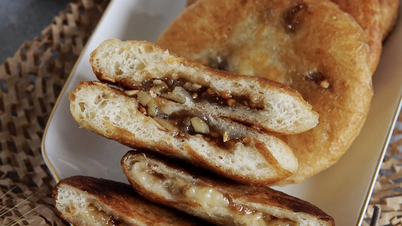

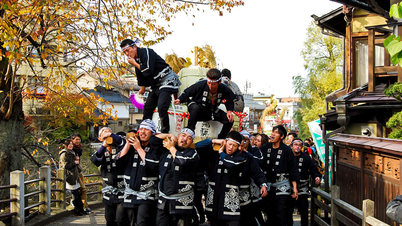
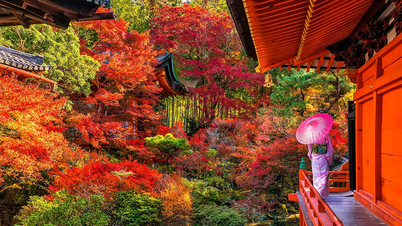

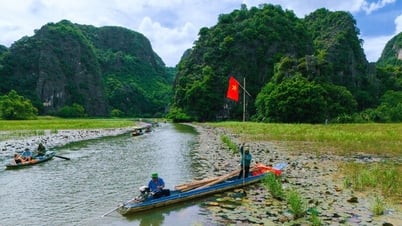


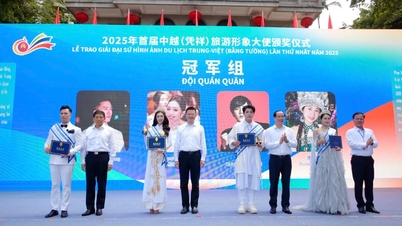









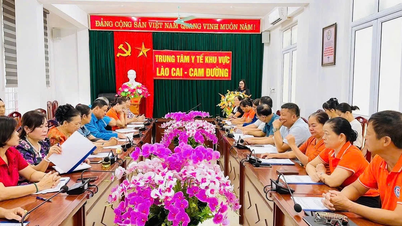



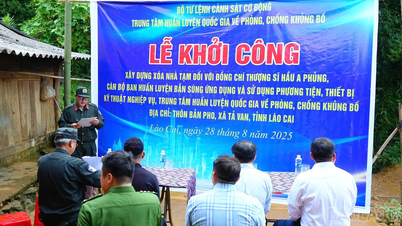
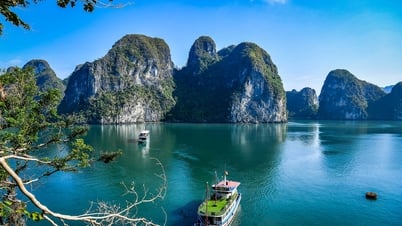

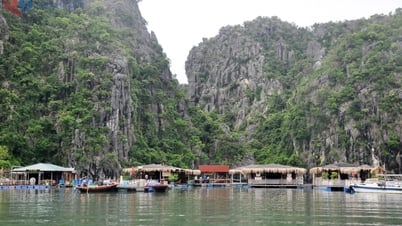

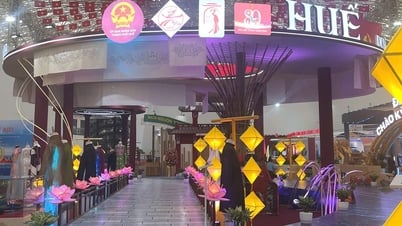

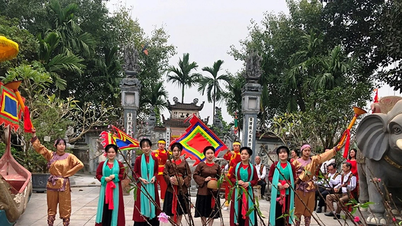

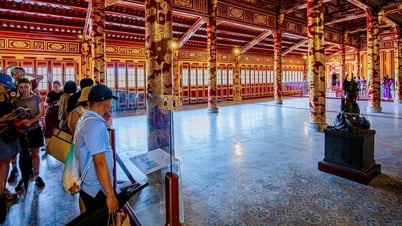




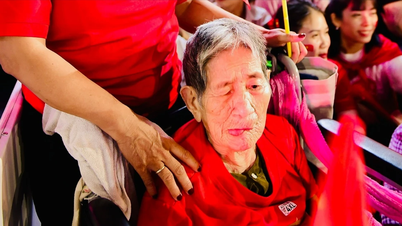

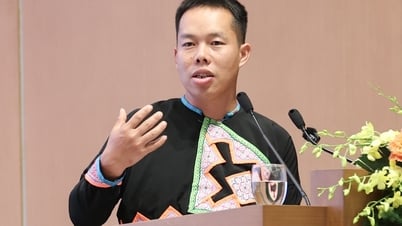

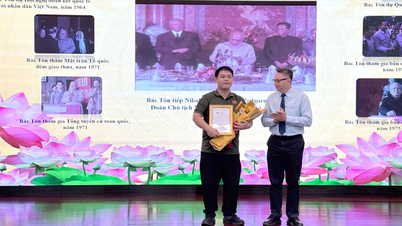






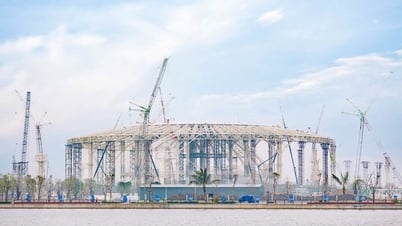
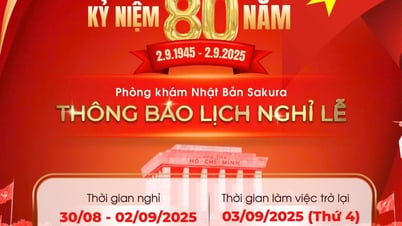
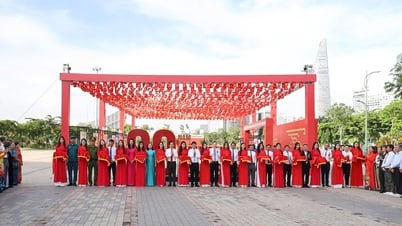










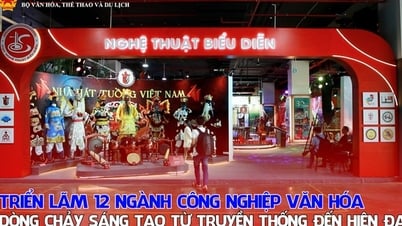






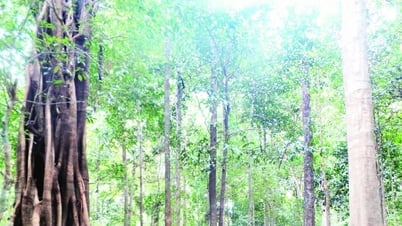


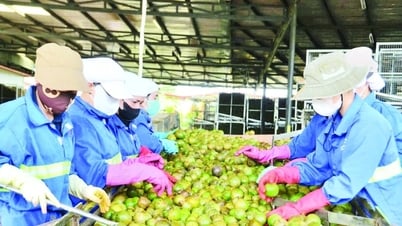


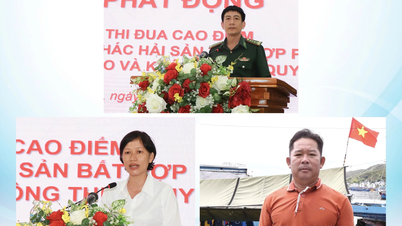







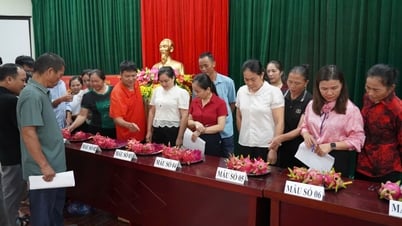




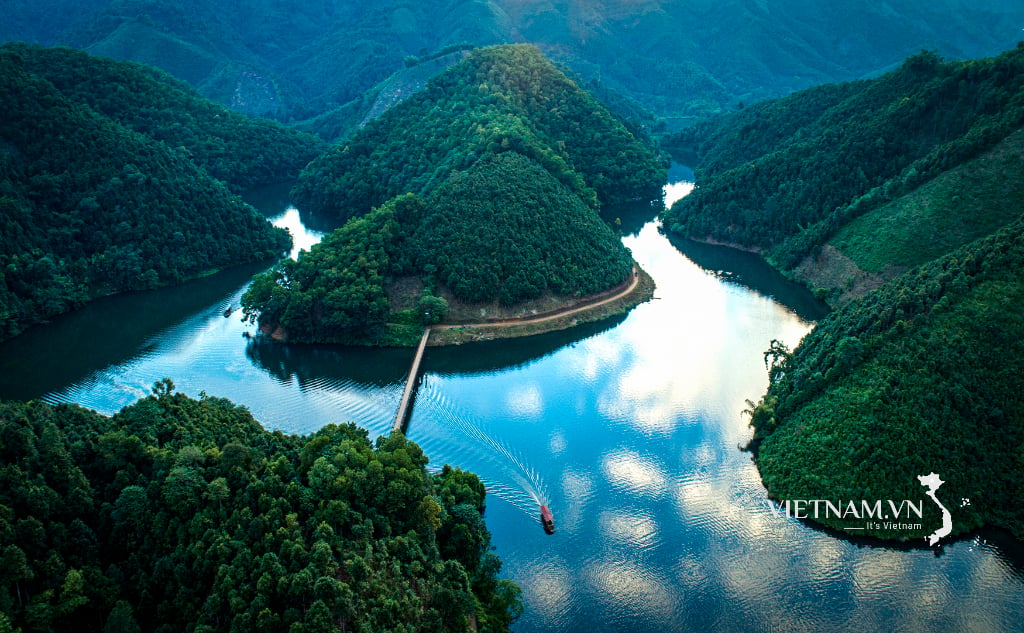
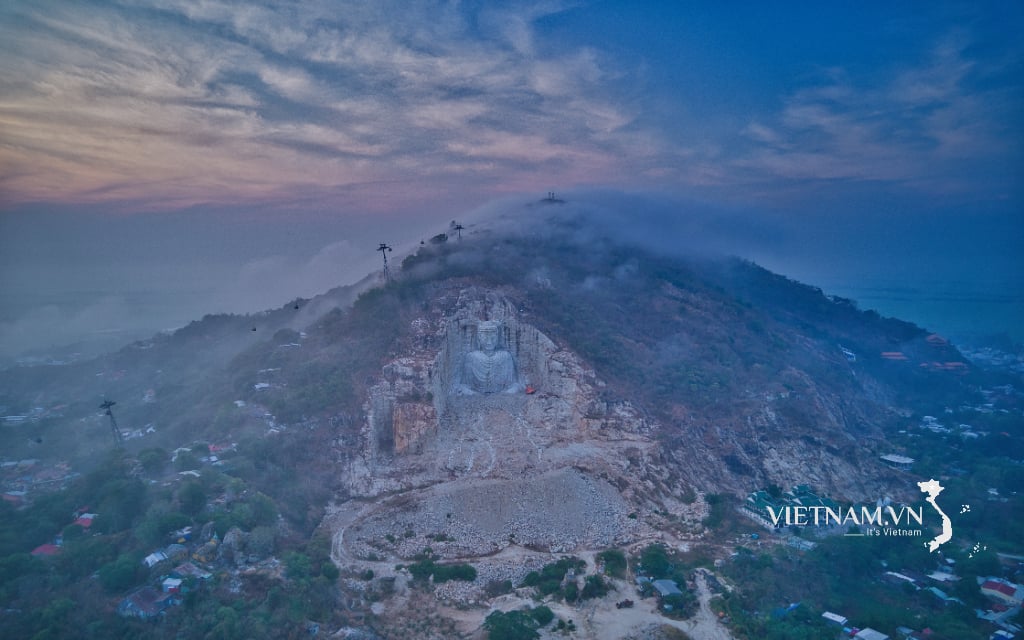
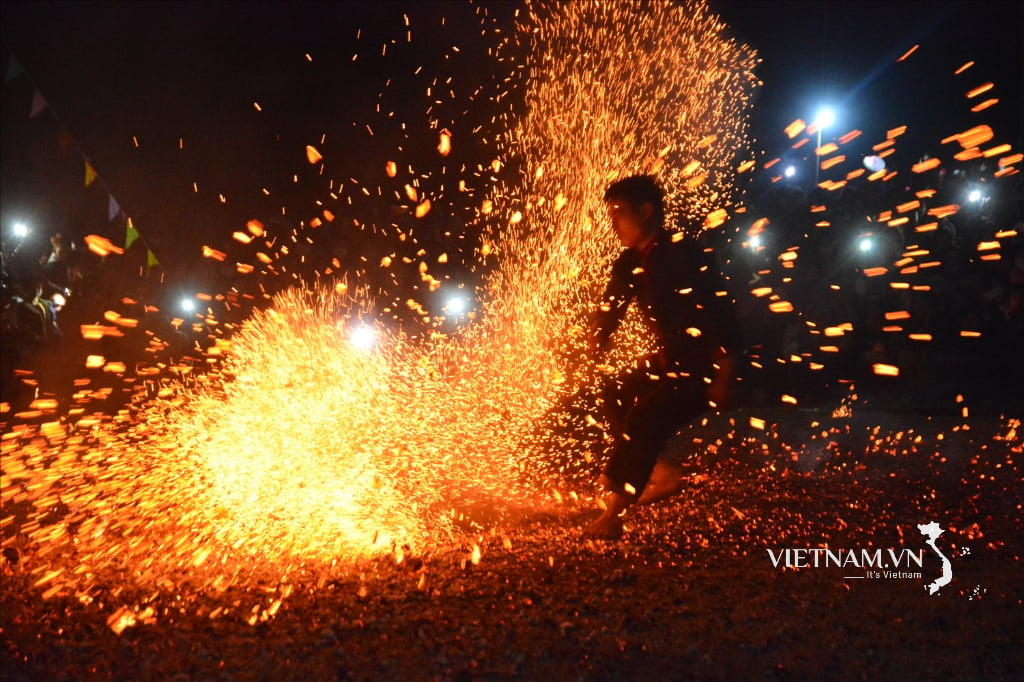

Comment (0)